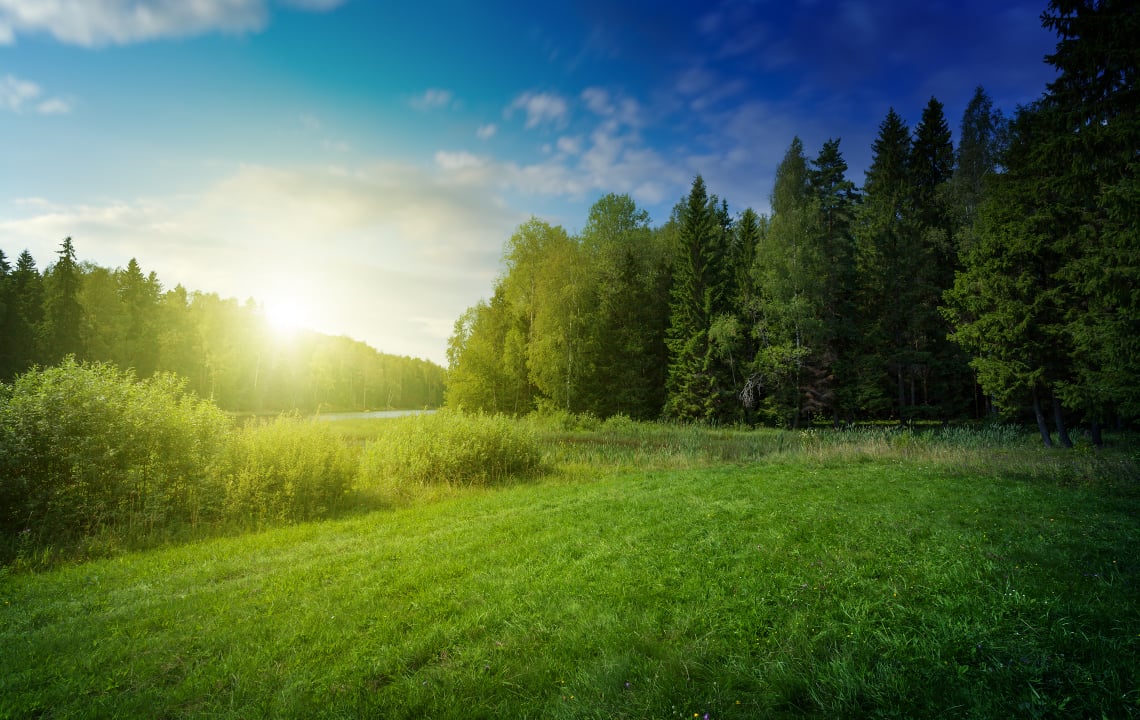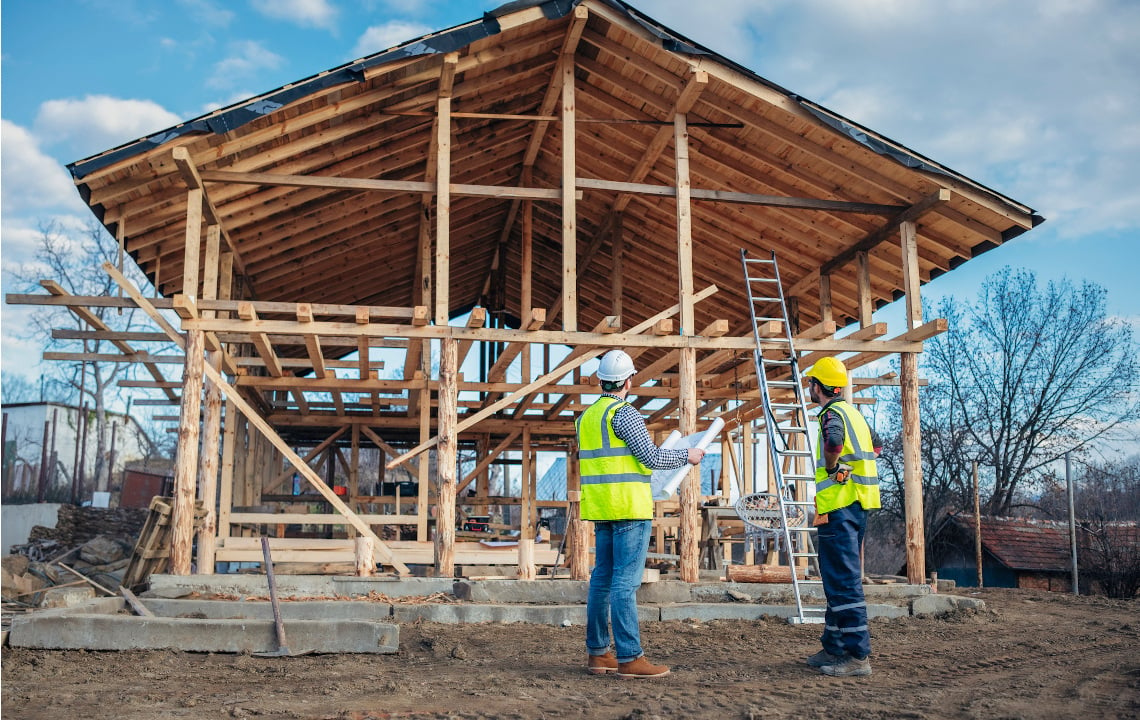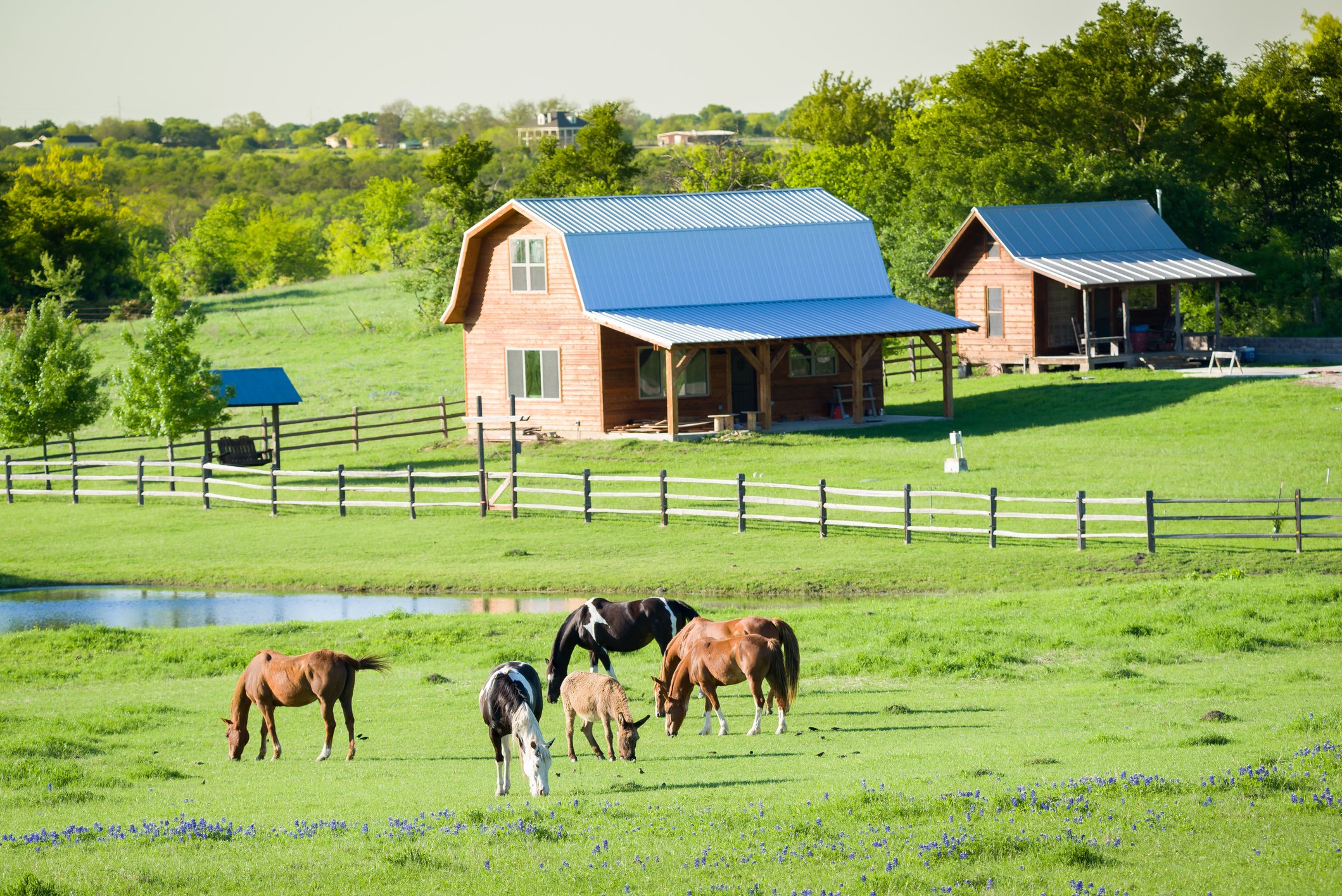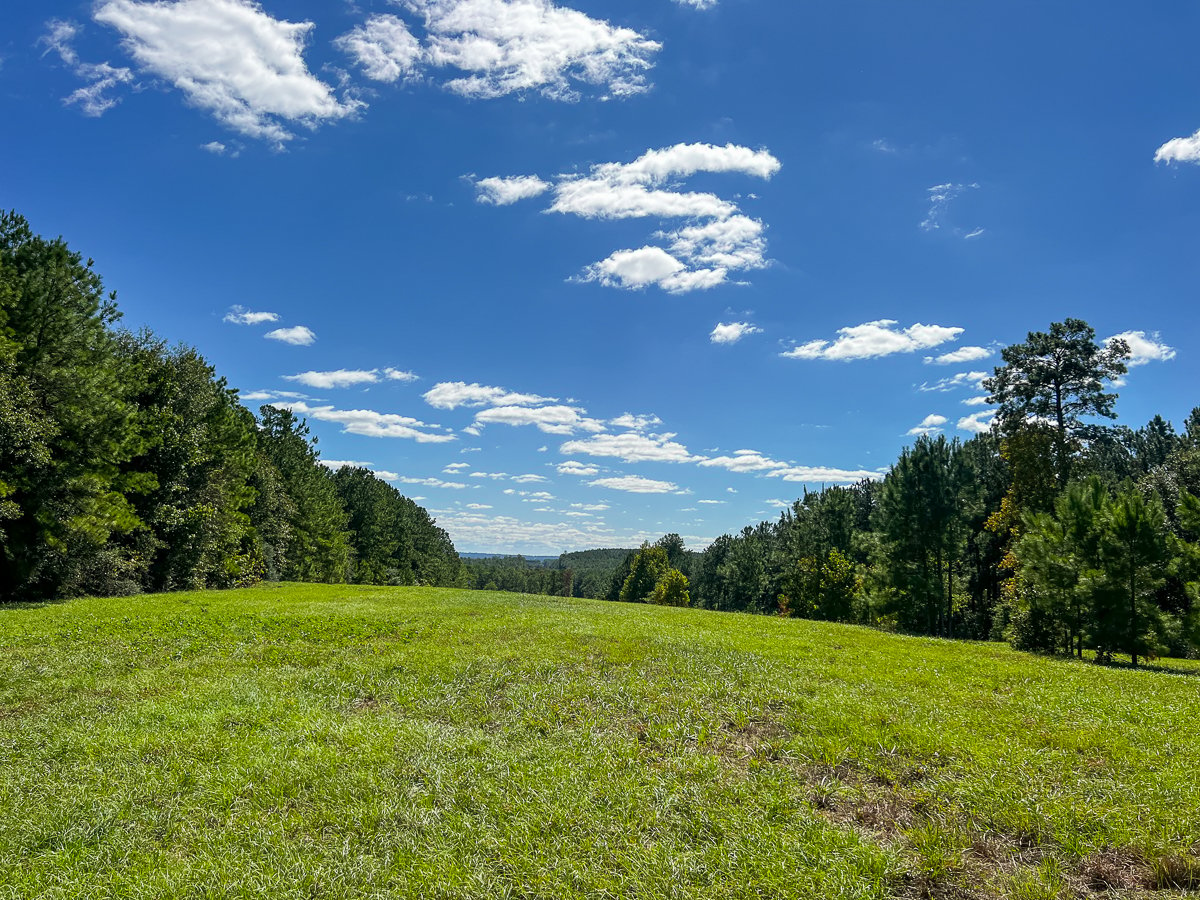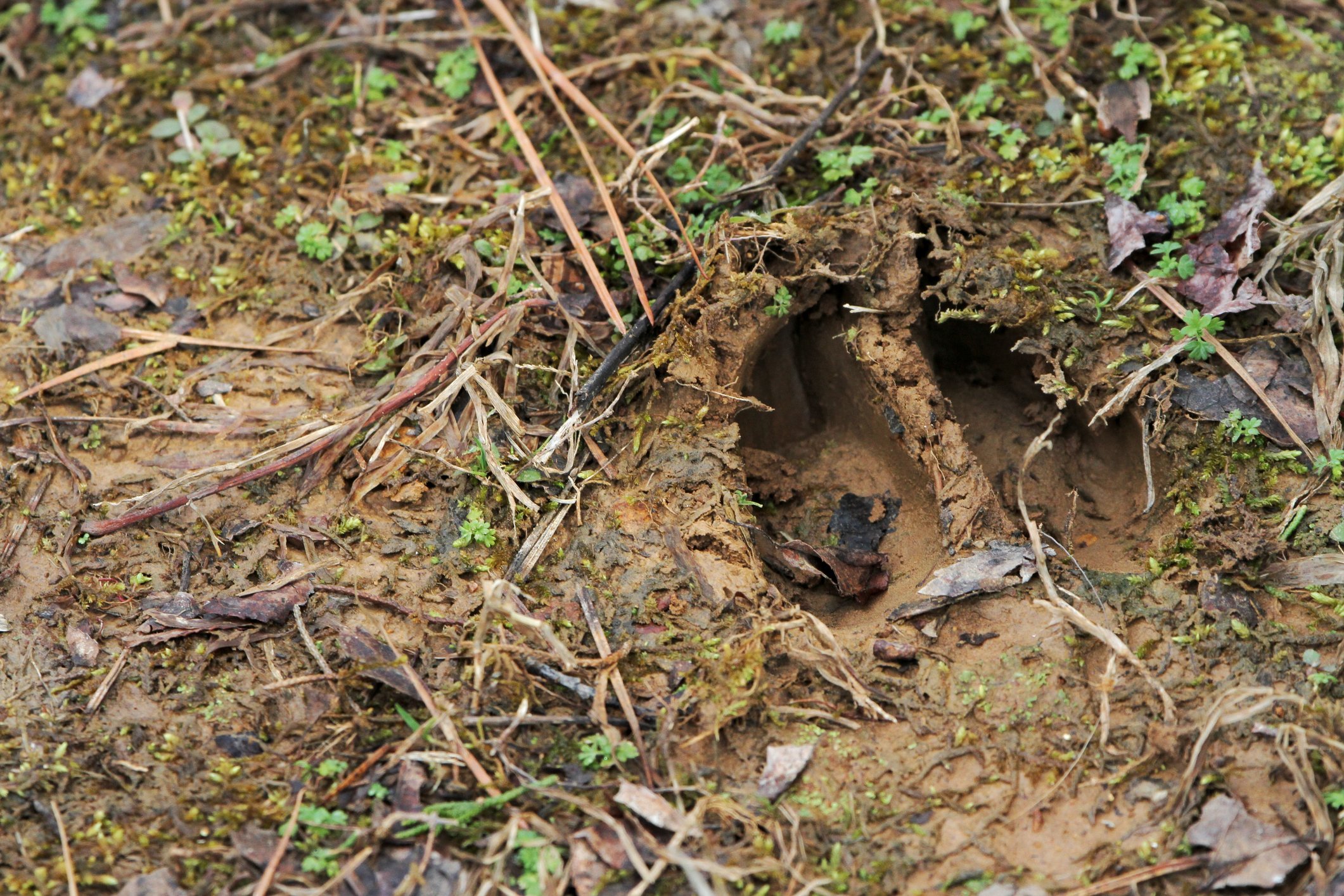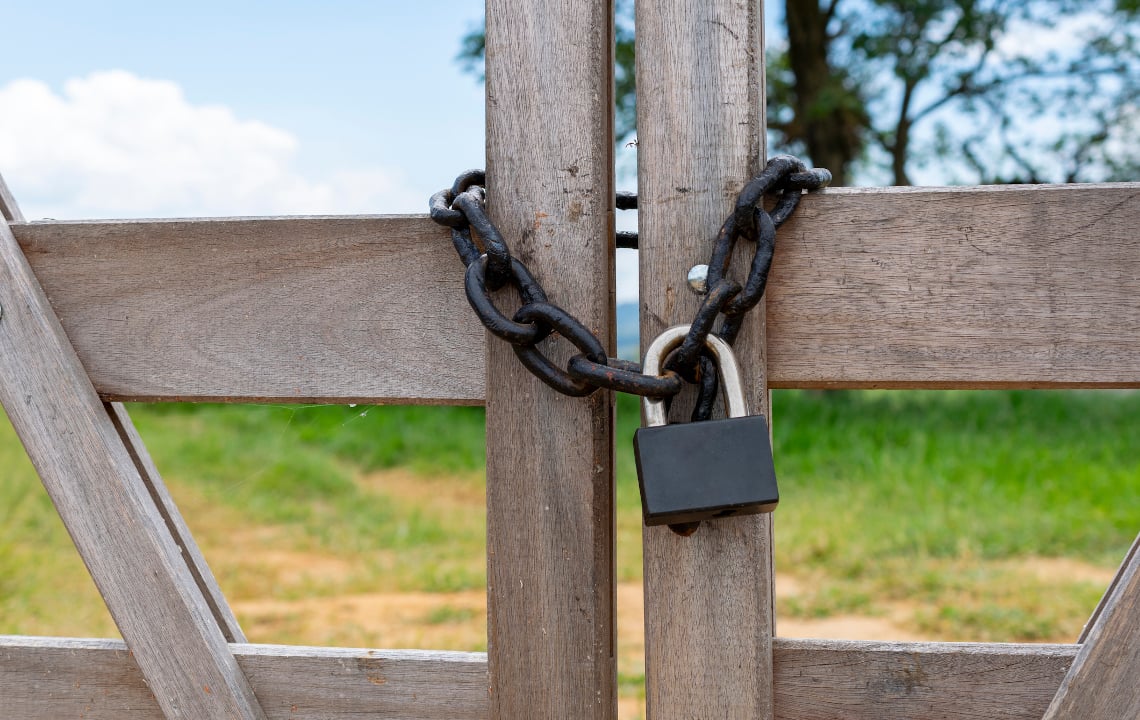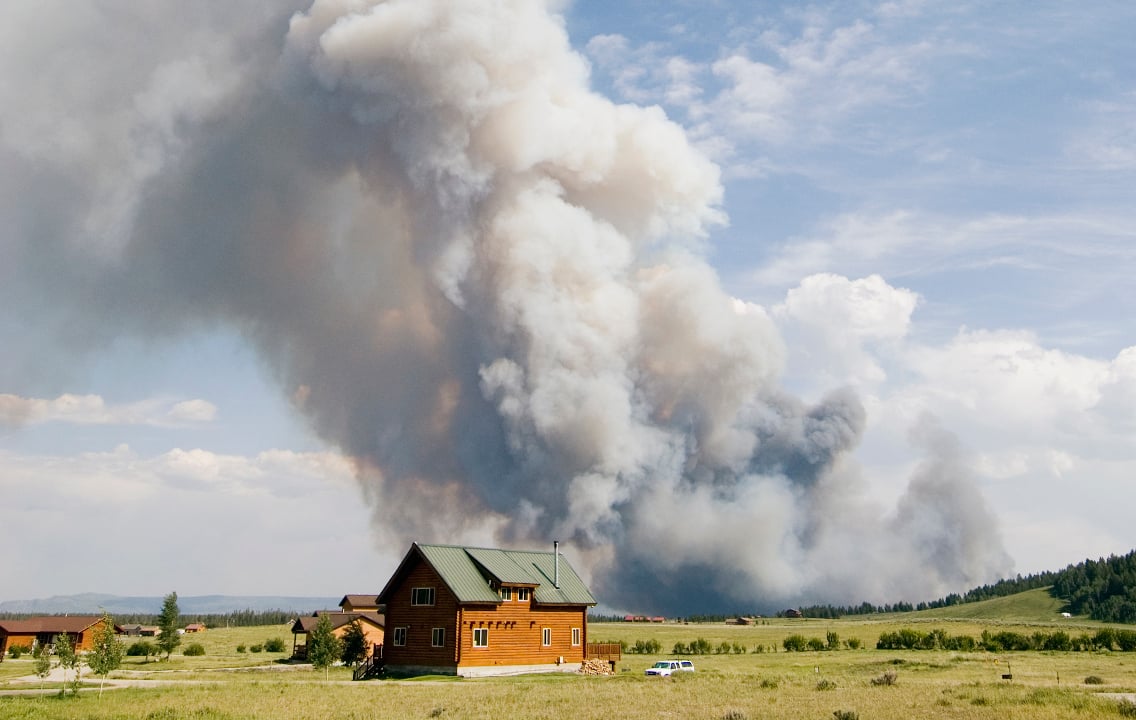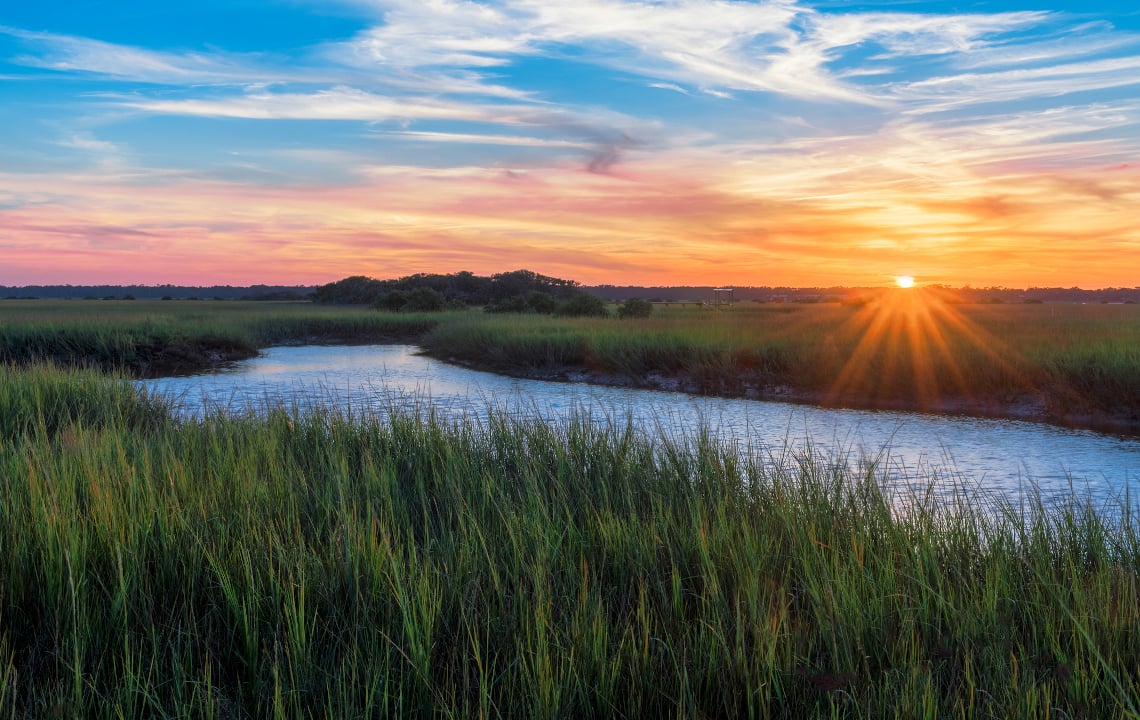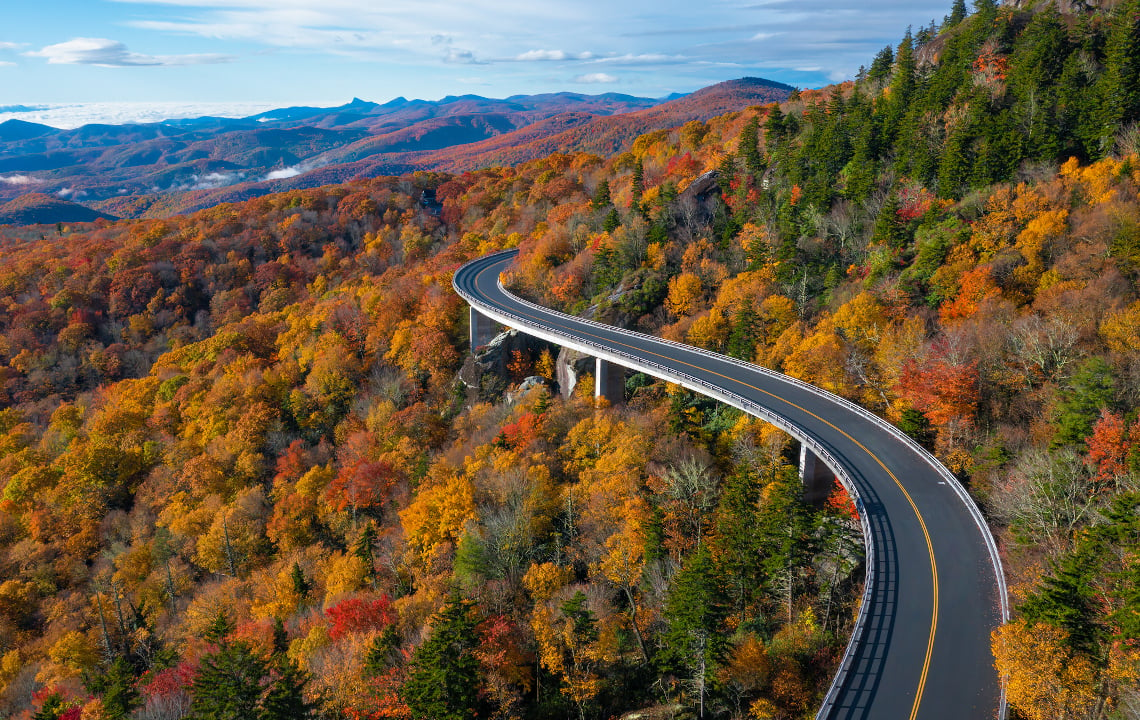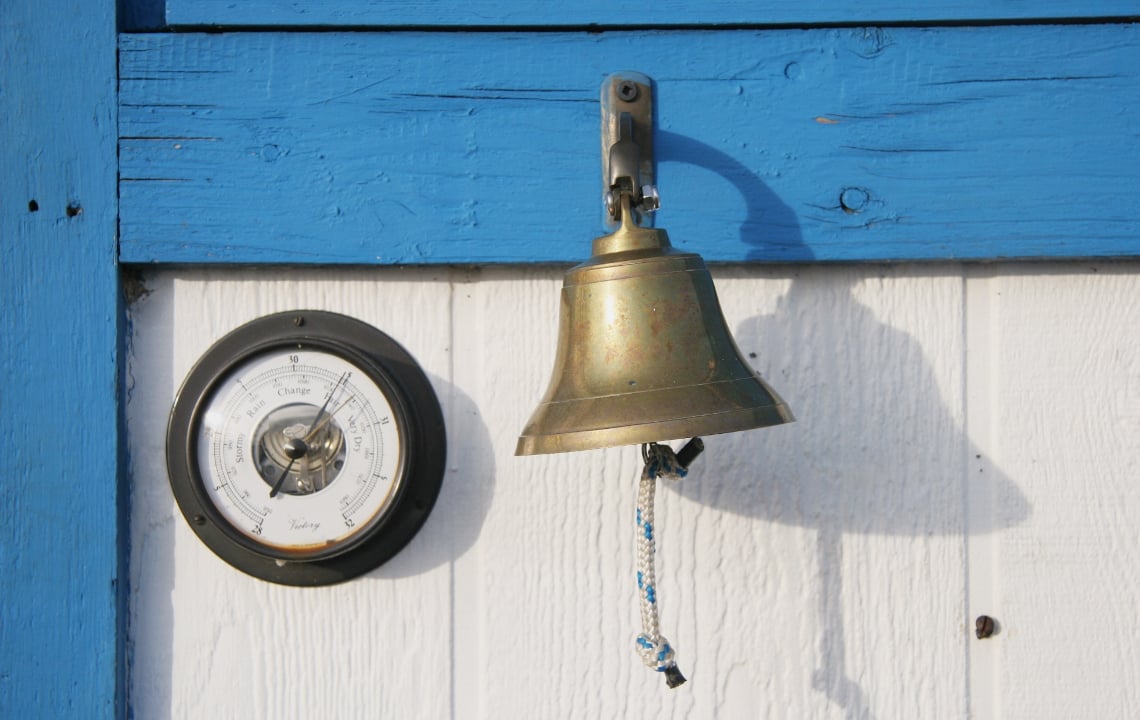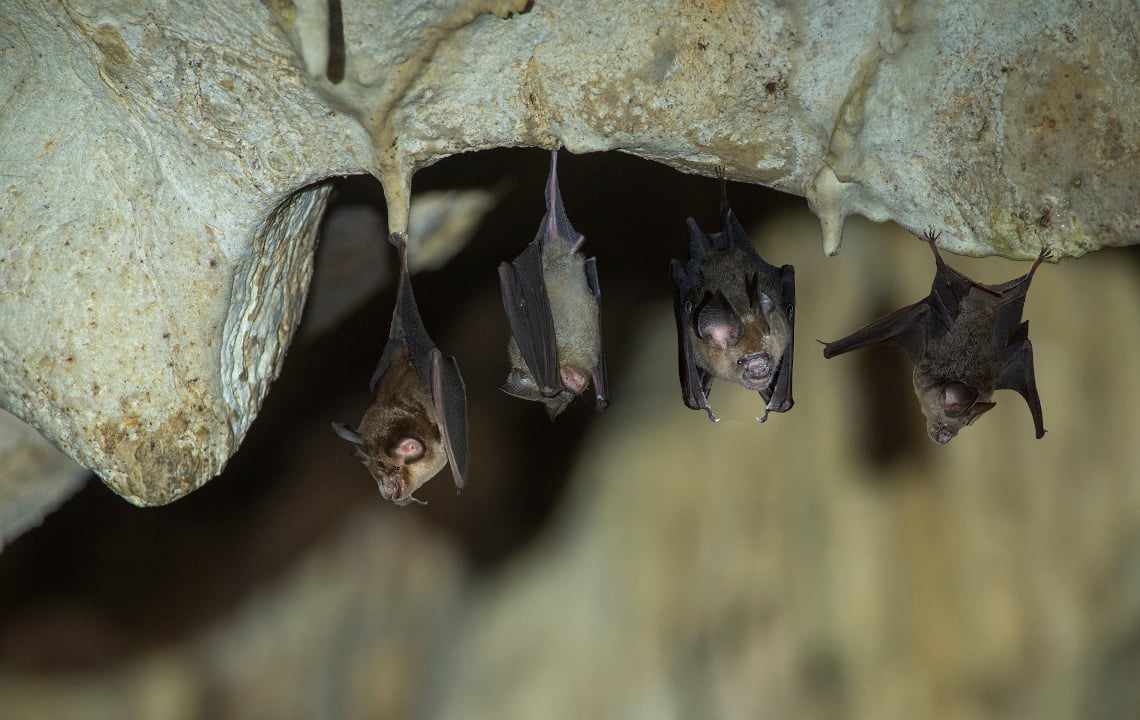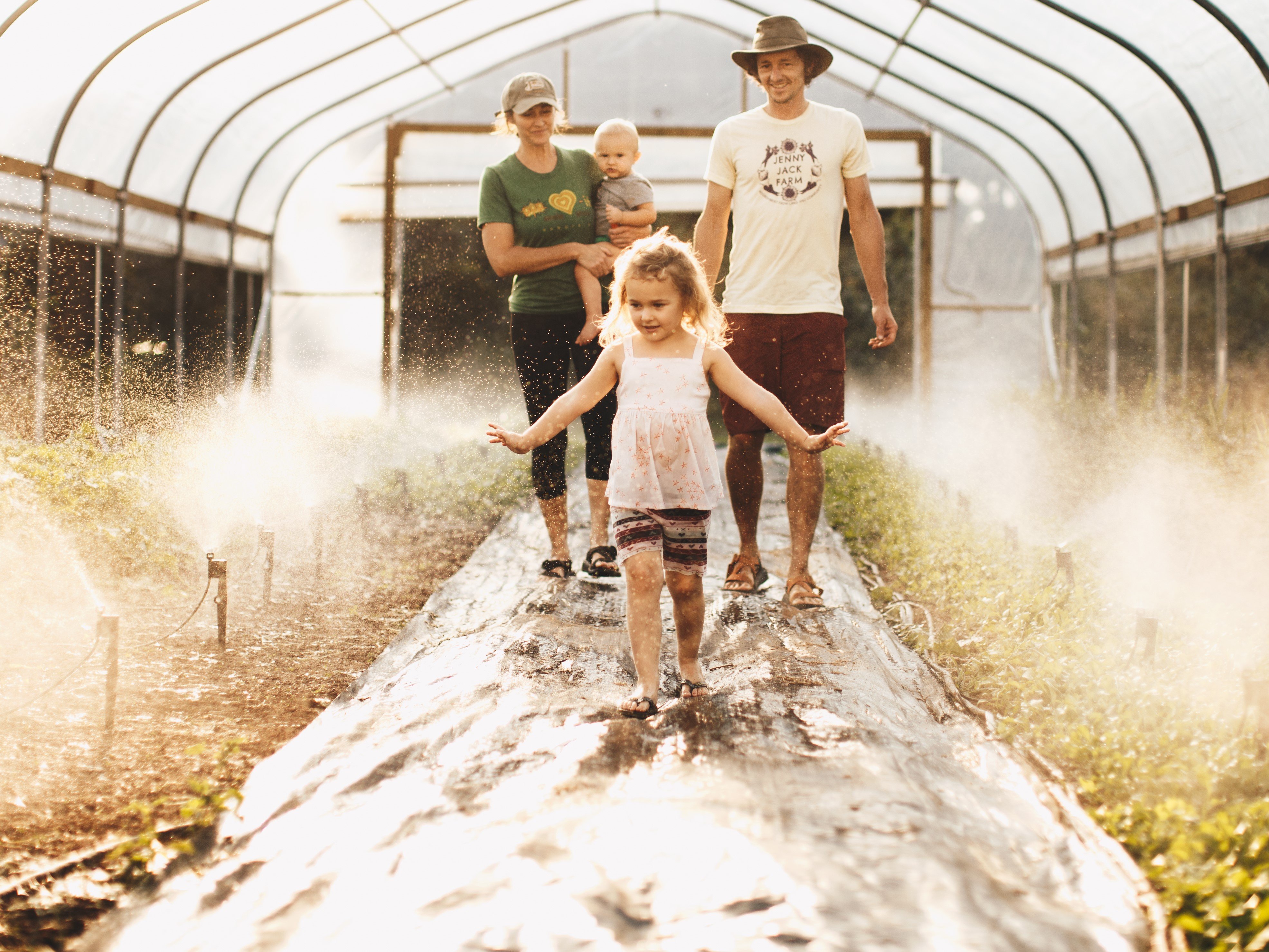How much acreage do you really need to create a homestead, farm, hobby farm or country home? Maybe less (or more) than you think! Learn more with these 7 questions to ask when buying small acreage.
Buying small acreage (1-10 acres) in the country can be an affordable, approachable and empowering way to realize your homesteading dreams.
Plus, homesteading on small acreage has proven achievable, environmentally-friendly and even profitable.
A quick internet search will reveal thousands of written content, books, courses, podcasts and video tutorials on how to apply micro-farming or homesteading to nearly any size property.
Here at Rethink:Rural, we’ve also featured several small-farm success stories, including “The Market Gardener” Jean-Martin Fortier, and Harold Thornbro, a former truck driver turned homesteader who transformed his urban backyard into a full-blown hobby farm. A lifestyle change which he claims, helped him beat stage 3 colon cancer.
But…how much land do you really need to start a small hobby farm, homestead, market garden, outdoor oasis or dream country home?
The amount of land required depends on a number of individual factors. Here are 7 questions to ask yourself that will help you calculate your needs:
#1: How Big Is An Acre?
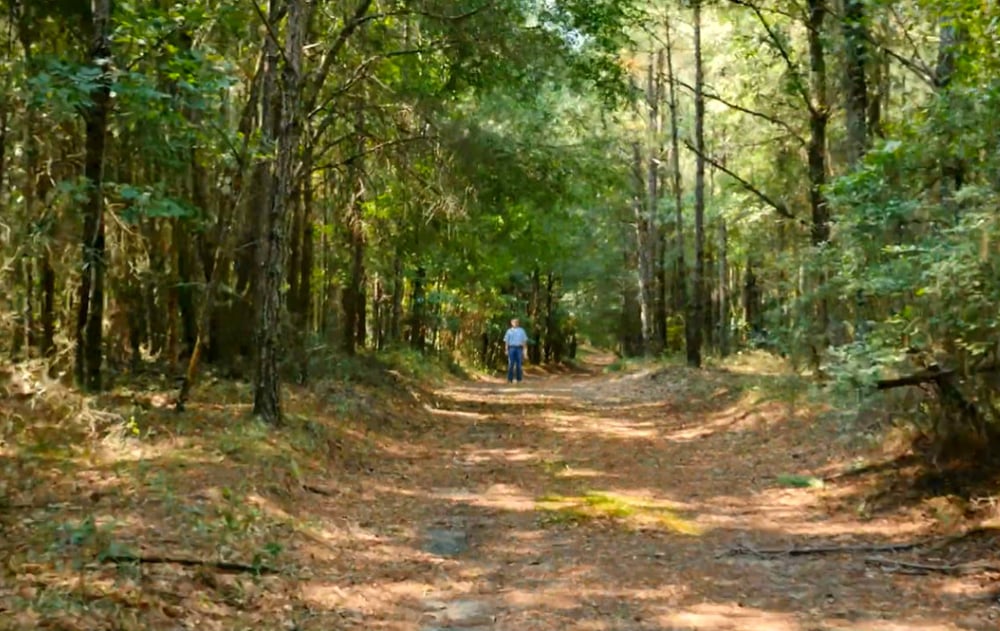
This may sound like a silly question, but the size of an acre can be pretty tough to visualize.
So, how big is an acre?
An acre is about 208 by 208 feet square. About the same size as a football field.
The typical suburban home is on around a quarter-acre, with larger lots being around one-third to one-half an acre.
On one acre in the country, you’d have room for a big beautiful home, some gardens, a chicken coop, a small shed and your children’s toys and playset. Some people even keep things like meat birds or rabbits, ducks, a greenhouse, an extra garage for their RV, boat, etc. or some goats.
For a visual aid, check out The Rural Rules video: How Big Is An Acre Of Land?
#2: What is your budget and desired location?
Dreaming about a country home is all well and good. But if you’re serious about acting on those dreams, you need to know your budget and decide where you want to live.
The prequalification process for a land, home, construction or land-home loan will dictate the top-end of your budget. From there, you can decide how much you’re comfortable spending based on those numbers and your down payment.
If you’re not ready to apply for a loan or you’re paying cash, per Marcus Boone, senior vice president and chief lending officer of Farm Credit of Florida:
“The old saying has been to shoot for 28 percent of your gross income when determining your budget. Keep in mind that that is gross — your income before taxes, savings and 401K are taken out. Another commonly used number is that it should not exceed 36 percent of your total debt.”
There are also online calculators you can use to get a rough estimate of your land-buying budget.
Figuring out your budget will also help determine how much land you can afford in your most desired location(s).
For more helpful tips, check out: Finding the Right Price When Buying or Selling Land and 8 Ways to Finance a Land Purchase: A Look at the Pros and Cons.
#3: Do You Plan On Building a Home or Shelter?
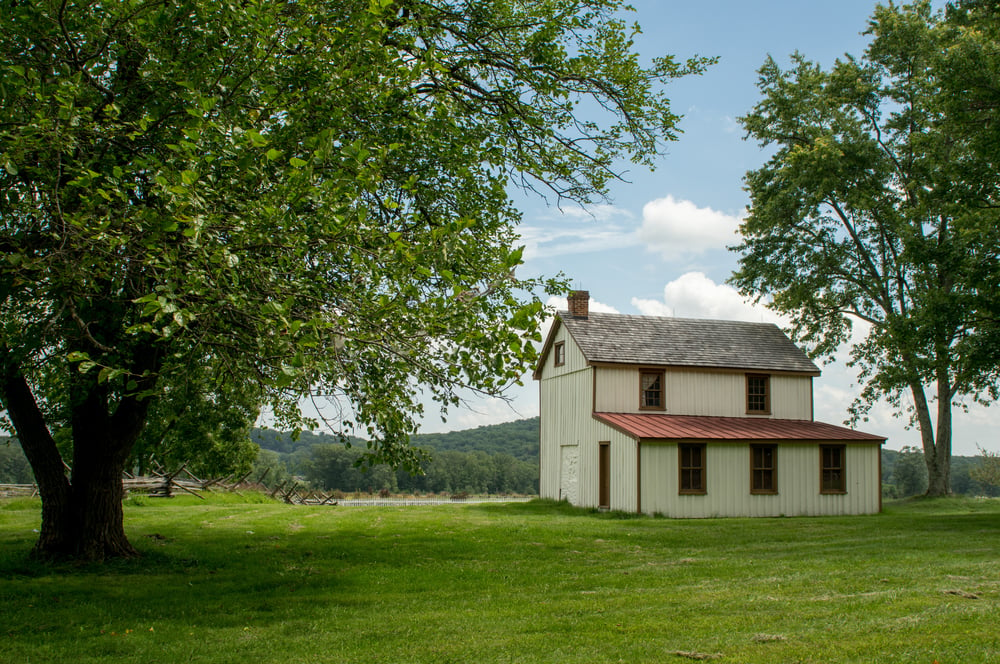
Building a home on your land will take a significant amount of your budget. However, the size, design and type of home also plays into financial and acreage considerations.
A small cabin or tiny home, for example, will take up a lot less space and money than a custom-built 3000 square foot farmhouse.
Likewise, an earth-sheltered home is typically less expensive to build and takes up less land space. And barndominiums can double as living space and a functional barn.
The bottom line: know what you want to build before you buy the land.
Learn more in: Due Diligence: How to Make Sure your Land is Buildable and Comparing Types of Houses for Your Rural Land.
#4: How do you intend to use your property?
Do you want to homestead…and to what extent ? Live off-grid? Have a hobby farm? Raise livestock? Raise chickens? Homestead and home school? Or start a rural business like a farm, campsite or market garden?
All these endeavors require different acreage considerations.
If you want to start a rural business, a good business plan is essential as it forces you to be specific about how much land, equipment, outbuildings, etc. you will need now…and in the future.
Careful planning is also prudent when buying property for a family homestead.
Do you wish to grow some, most or all of your own food? Will you be raising animals? If so, what types of animals and at what scale? Do you want to harvest your own wood? Catch your own water? Create your own electricity? Catch fish? Be partially or fully self-sufficient (more on this in the next point)?
Finally, be sure to think about your future plans and how that may impact your acreage needs.
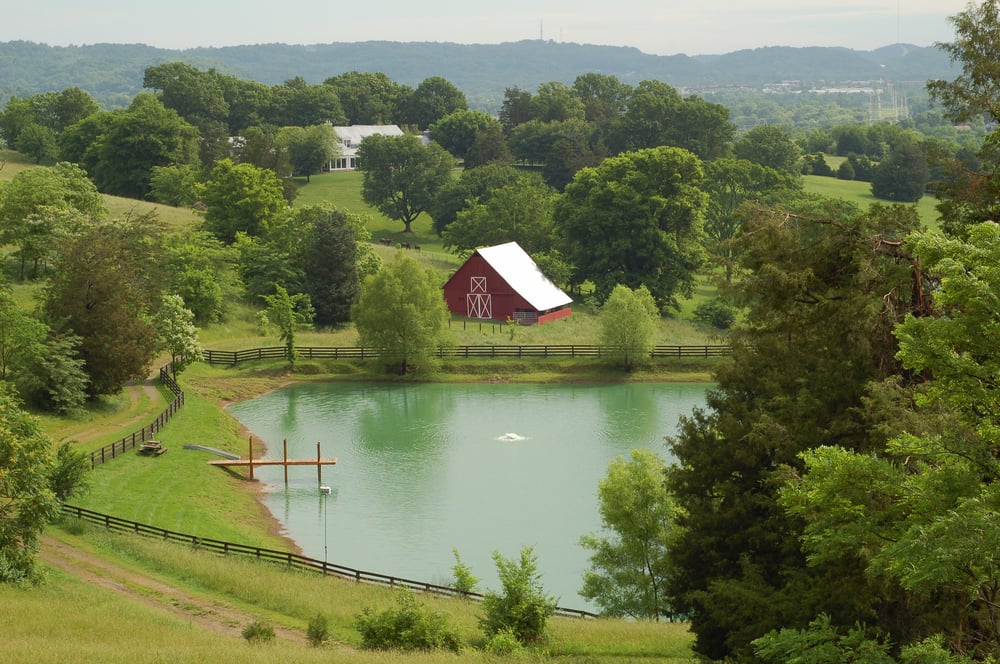
#5: What level of self-sufficiency do you wish to achieve?
If your plan is to have a nice country home, more space for the kids to play and maybe a chicken coop and place to park your boat or RV, an acre or two will usually suffice.
However, if you want to grow most (or all) of your own food, raise your own meat and dairy, have an off-grid water source, solar panels, a barn, a pond to fish in, woods to hunt, forage, an orchard for fruit and harvest wood, etc. you’ll want to budget for 10 acres or more.
That said, people have done a lot of homesteading, biointensive farming, etc. on less than 10 acres, so it all depends on your goals and objectives.
Extra tip: many a homesteader will tell you that becoming self-sufficient is addictive! Sure, you may start with a small seasonal garden and a few chickens…but that can quickly turn into a year-round garden with hoop houses, chicken tractors, maybe a few goats and a passion for primitive crafts.
So, even if your goals are modest at present, it’s wise to plan for a little extra space should your ambitions expand (which they usually will).
#6: Do you plan to raise animals? If so, what types and how many?
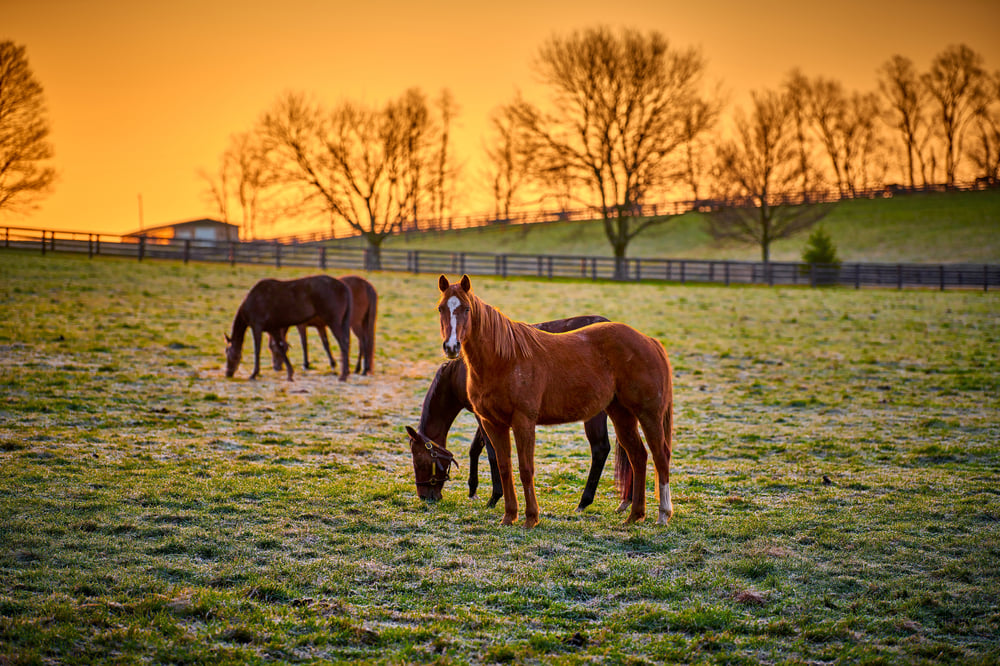
We touched on this in point #4 but wanted to get more specific in terms of realistic general acreage requirements for raising farm animals.
Small animals like chickens, meat birds, ducks and rabbits can be raised on just an acre or two.
A couple goats or some types of horses require at least 2-3 acres (other horses require more acreage which you can learn about here), and sheep and cattle require much more space.
In other words: land requirements vary widely based on the animal, breed and objectives.
#7: Will you require outbuildings?
Sometimes, a person can get so caught up in planning their dream farmhouse that budgeting space for outbuildings gets forgotten.
If you have a large piece of property, these considerations can usually wait. However, with small rural acreage, every square foot counts in terms of functionality and aesthetics.
Especially when portions of your land may need to be dedicated to things like:
- A septic system with drainfield (which can’t be too close to a creek, pond, well, etc.),
- A well (which must be far from your septic system)
- A driveway and parking lot
- Your gardens
- Pasture land
- And space for the children’s toys and play equipment
Thus, it’s best to map these things out ahead of time so you’re not stuck with inadequate space…or a pole barn, greenhouse, etc. ruining your country view.
For advice on building a barn, and other outbuildings, check out: So You Want to Build a Barn? Read This Planning Guide First.
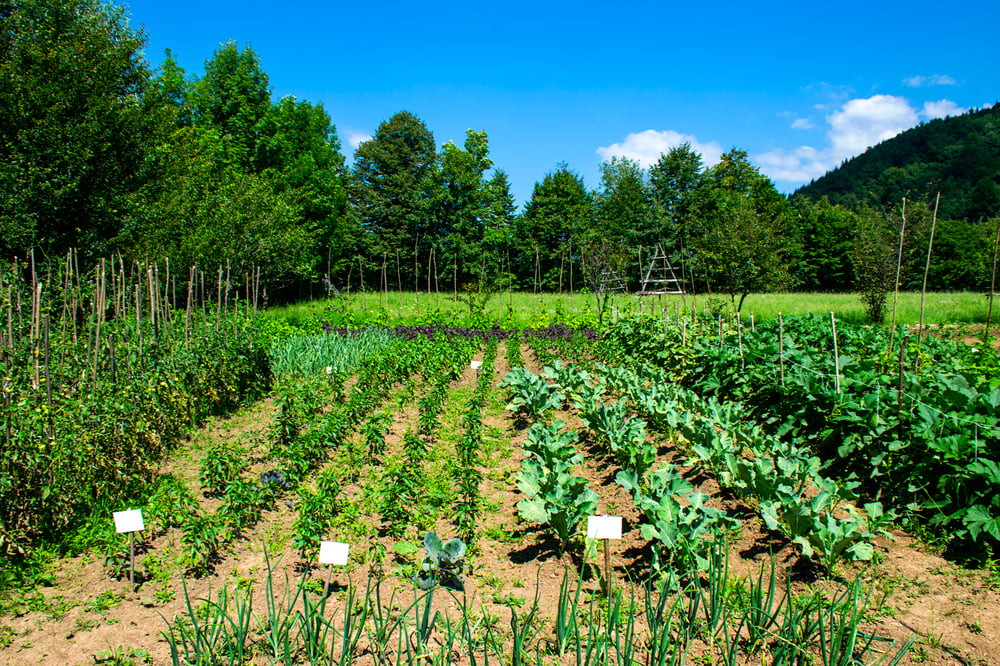
And those are just 7 questions to ask (there are more!)
If these 7 questions have got you thinking, be sure to download our newest free eGuide: Dreaming Big of Small Acreage: What Land Owners Need to Know About Investing in Small Acreage.
This eGuide is designed to help prospective land owners learn what they need to know about finding, buying and living on small acreage (beyond these 7 points).
You’ll also learn how to avoid common pitfalls like under-calculating how much land you need, under- or overestimating what’s really possible on 1-10 acres and the pros and cons of small vs. larger acreage.
In closing, the amount of land you need is entirely dependent upon what you can afford, your ideal location and what you plan to do with the property in the short- and long-term.
It’s also important to work with an experienced land agent, vs. residential realtor, as they can help guide you and advise you on the best piece of land for your needs.
Download your free eGuide today, and start dreaming big of small acreage.


